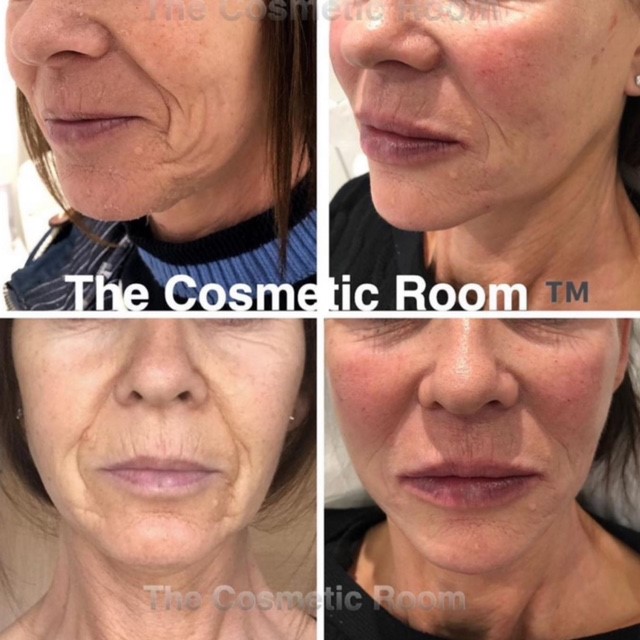Cosmetic Scientist Uncovers Why Women Often Look Unnatural After Fillers
Facial fillers including lip fillers are some of the most popular types of cosmetic procedures amongst women today. Yet many feel dissatisfied with the results. Even celebrities such as Jessica Simpson, Courteney Cox and Khloe Kardashian have spoken out about their regrets at having treatments that change their appearance. So just what is it that makes fillers create this unnatural, unfamiliar look? One leading cosmetic scientist has shared her secrets.
Nazia Hussain is the Clinical Director of The Cosmetic Room; a clinic that specialises in non-surgical protocols that work to enhance natural beauty without the need to go under the knife. She believes that the reason why so many women are left feeling deflated following filler treatments is all down to the practitioner’s level of expertise and understanding of the ageing process and type of filler used.
Many medical practitioners are only required to complete a few hours of training to be legally permitted to practice in the aesthetic industry. This isn’t sufficient to become safe and competent in assessing and treating all types of facial features for different age groups, weights, races and genders. Many practitioners are also given incentives to promote a certain brand of fillers despite it breaching their code of ethics, which may not be the most suitable one for the client.
The key is to offer a bespoke treatment plan that takes into consideration how the client is likely to age and what they will look like in the next five to ten years, then offer a treatment plan that will help with the current goals and future changes due to the ageing process. Nazia has found that some practitioners try to create desired outcomes including attempting to lift the mid face and jowl area as well as try and eliminate all dips and lines through fillers alone. While the fillers target the problem areas to some extent, they can also have an impact on surrounding tissues, resulting in widespread changes that appear unnatural; a result commonly known as the pillow face.
So, what should practitioners be doing? According to Nazia, who boasts more than 20 years’ experience in the sector, practitioners should start with a healthy lifestyle as well as skin treatments such as radio frequency, HIFU, collagen induction therapy, resurfacing, lasers or peels in addition to medical grade skincare including a sunscreen, alongside the injectables. The key is less injectables and more skin treatments. The correct skin treatments can help to preserve the natural features of the face, reducing the amount of injectables needed and therefore avoiding the overfilled, unbalanced appearance that commonly occurs with repeated treatments.
Nazia, who has gained a Masters level qualification in Dermatology and Aesthetic Medicine, says, “One of the biggest mistakes that I see women making is that they focus only on the area of the face they don’t like, without considering what fillers will do to their overall look. And sadly, many practitioners won’t make clients aware of the aesthetic risks until it’s too late.
“When women don’t feel confident about how they look, they just want that confidence back; they’re drawn in by incredible before and after pictures – which are often doctored – and ‘celebrity’ practitioners who are more interested in feeding their egos and pockets, rather than being results and patient-focused. I absolutely support treatments that rebuild confidence, but I also believe that the secret to looking beautiful at any age isn’t just fillers or invasive surgery, but a combination of personalised treatments that are designed to work with each individual rather than carrying out the same treatments on everyone trying to make them look the same.”
At The Cosmetic Room, Nazia has worked to develop a highly effective non-surgical protocol after treating thousands of clients, specifically designed for men and women aged 30 and over who want to enhance their appearance while still maintaining their natural look. The procedure is proving to be hugely popular with clients into their 70s, from all around the world, choosing to build their confidence through a combination of technologies that not only target the problem areas, but also support the skin health and overall appearance
Nazia’s experience as well as her good reputation, integrity, work on patient safety and ethics resulted in her being one of only a few industry professionals to be hand selected by Health Education England to sit on the expert panel, assisting the UK Government by collaborating on the development of a Level 7 training syllabus for all practitioners in the industry in a bid to improve, transform, and better regulate the sector as well as working with other reputable professional bodies such as the JCCP on raising the standards in the industry
To find out more about Nazia Hussain and The Cosmetic Room, visit
